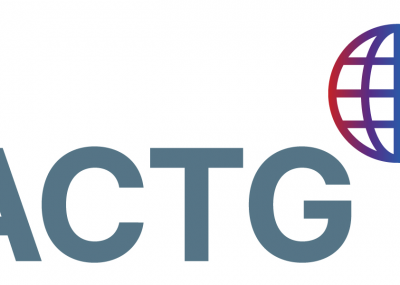Objective: Tuberculosis (TB) remains one of the leading causes of mortality and morbidity among people living with HIV. We sought to estimate the incidence of TB in a national database of HIV-infected patients receiving antiretroviral therapy (ART) in Botswana.
Design: A retrospective analysis of HIV-infected adult patients (≥18years) who initiated ART between 2011 and 2015 in the Botswana ART program.
Methods: Multivariable analysis using Cox regression included sex, age, viral load and CD4 T-cell counts.
Results: Of 45 729 patients, with a median follow-up of 1.7 years Q1 : Q3, 0.5, 3.1), 1791 patients developed TB over a median of 1.5 years (Q1 : Q3, 0.3, 3.1) of follow-up (incidence rate 1.9 per 100 person-years; 95% CI 1.8-2.0). At baseline, the median CD4 T-cell count was 272 cells/μl (Q1, Q3 146, 403). The risk of TB was greatest within the first year of ART (incidence rate 2.9 per 100 person-years; 95% CI 2.7-3.1) and in patients with CD4 T-cell counts below 50 cells/μl (incidence rate 8.3/100 person-years; 95% CI 7.1-9.7). Patients with viral loads above 10 000 copies/ml at 3 months post-ART initiation had two times higher risk of TB, hazard ratio 2.5 (95% CI 1.8-2.3).
Conclusion: We report a high incidence of TB within the first year of ART and in patients with advanced immunodeficiency. Improved screening strategies and virologic monitoring during this early period on ART, coupled with TB preventive treatment, will reduce the burden of TB.




